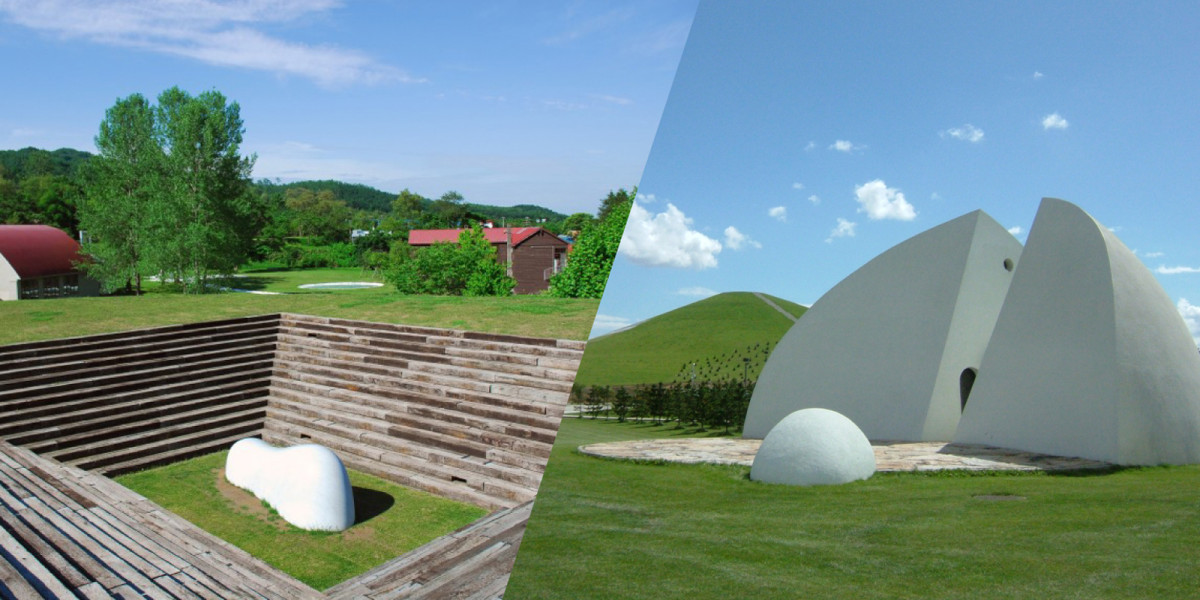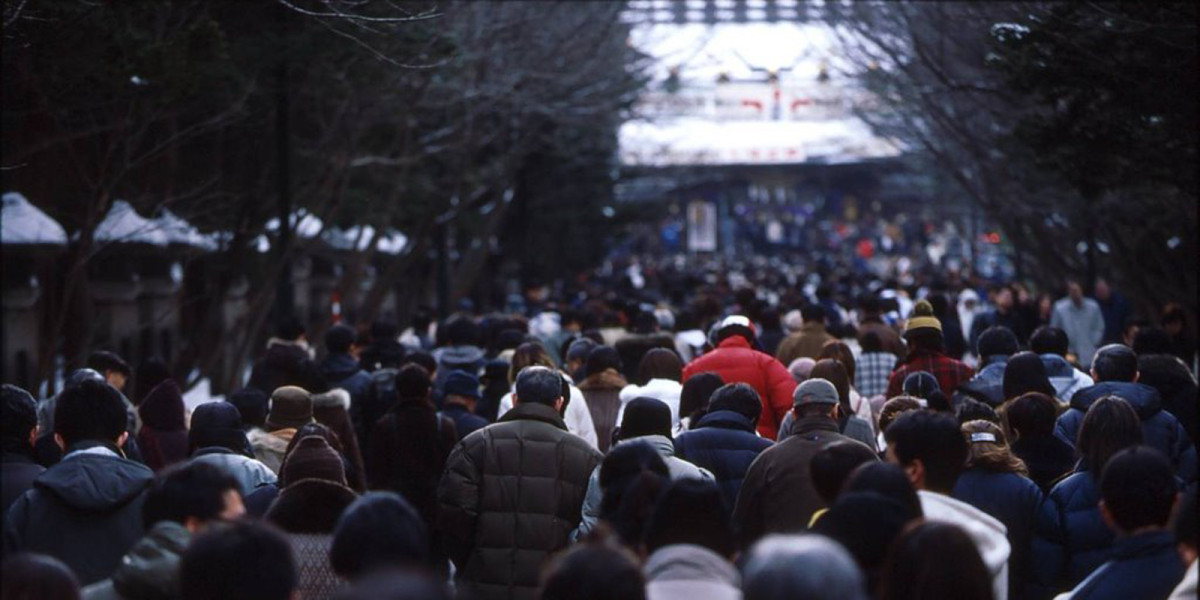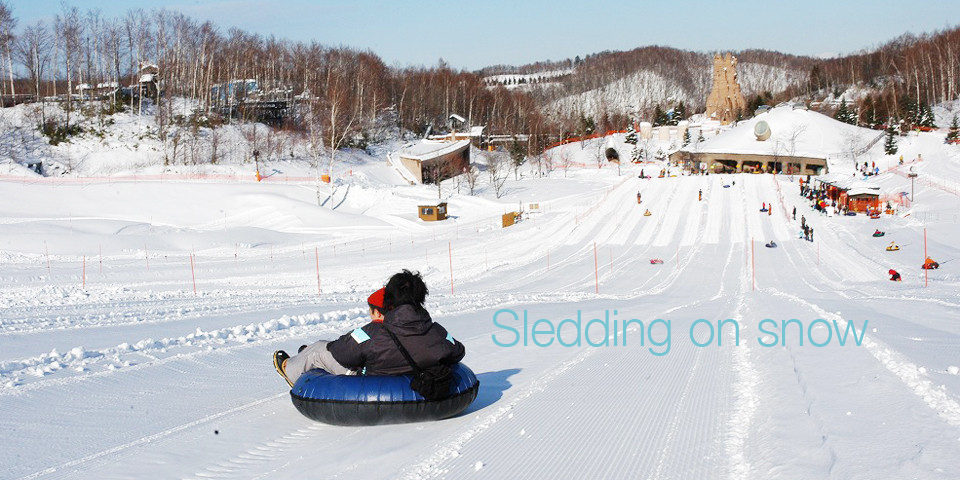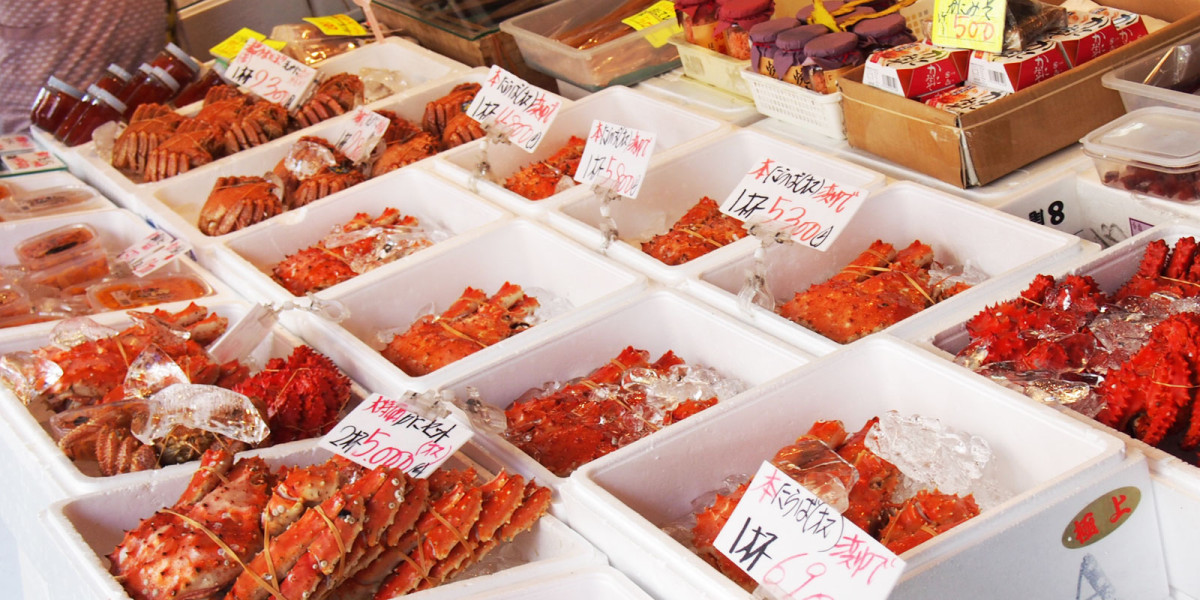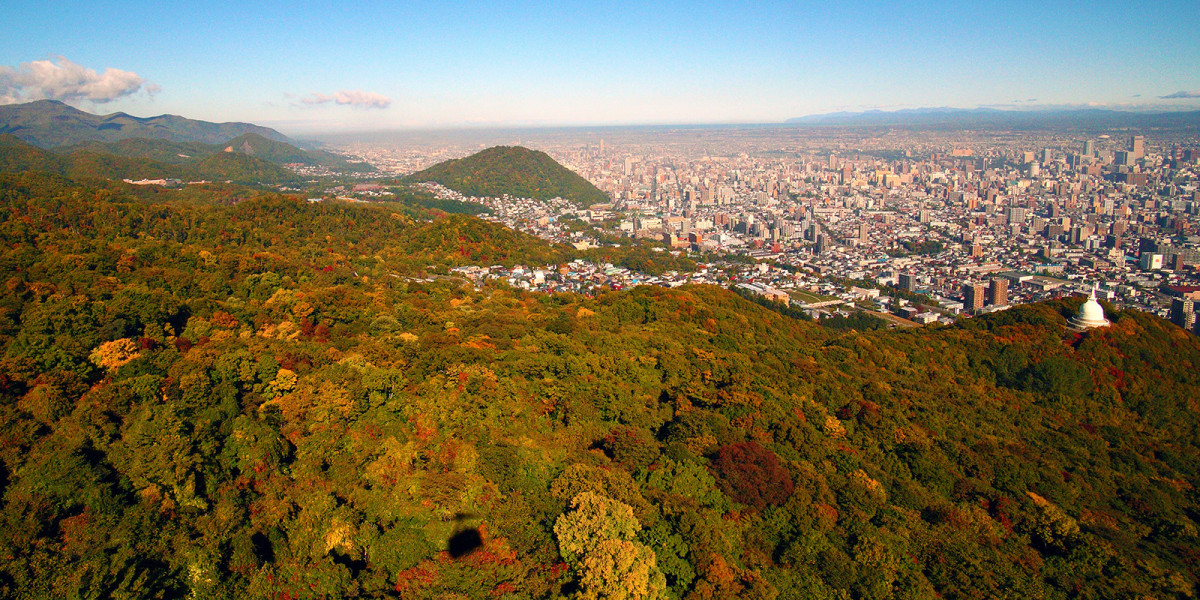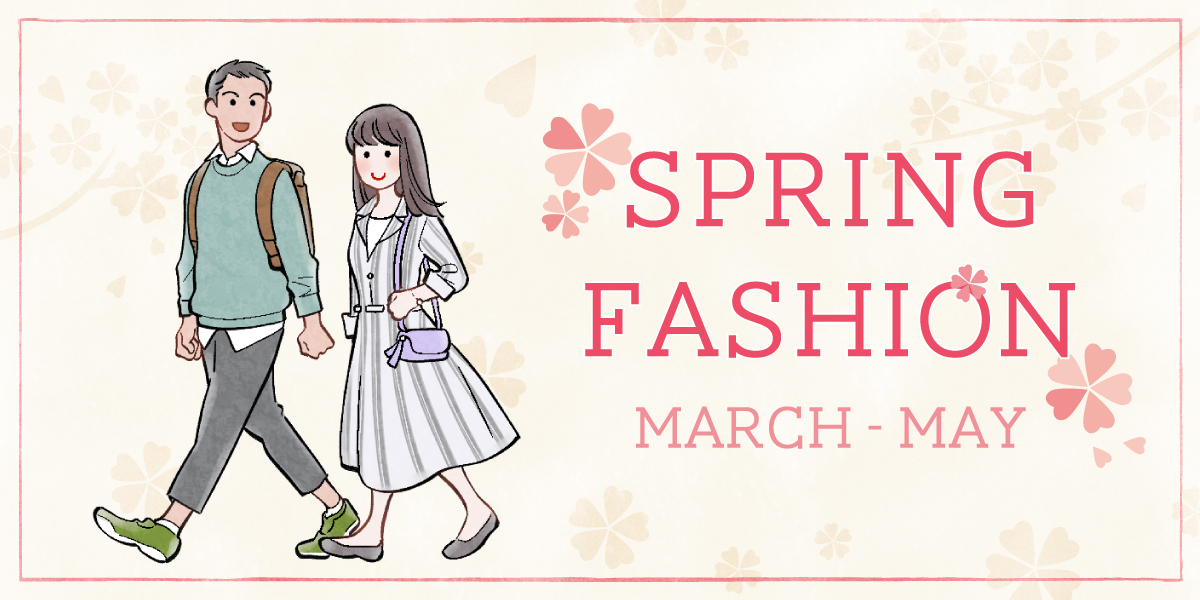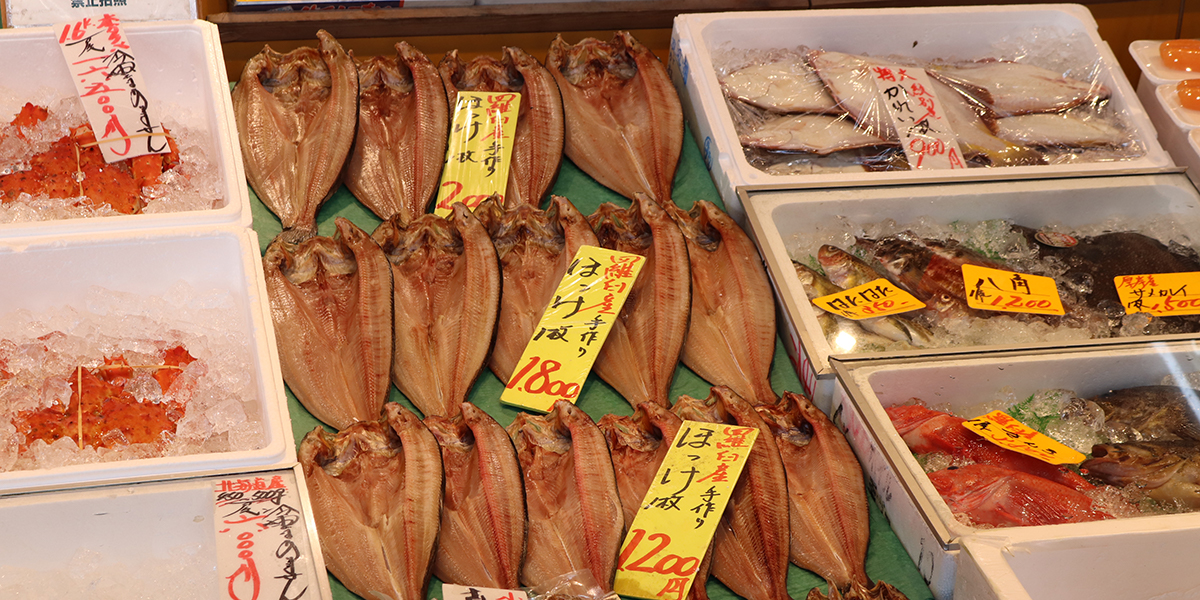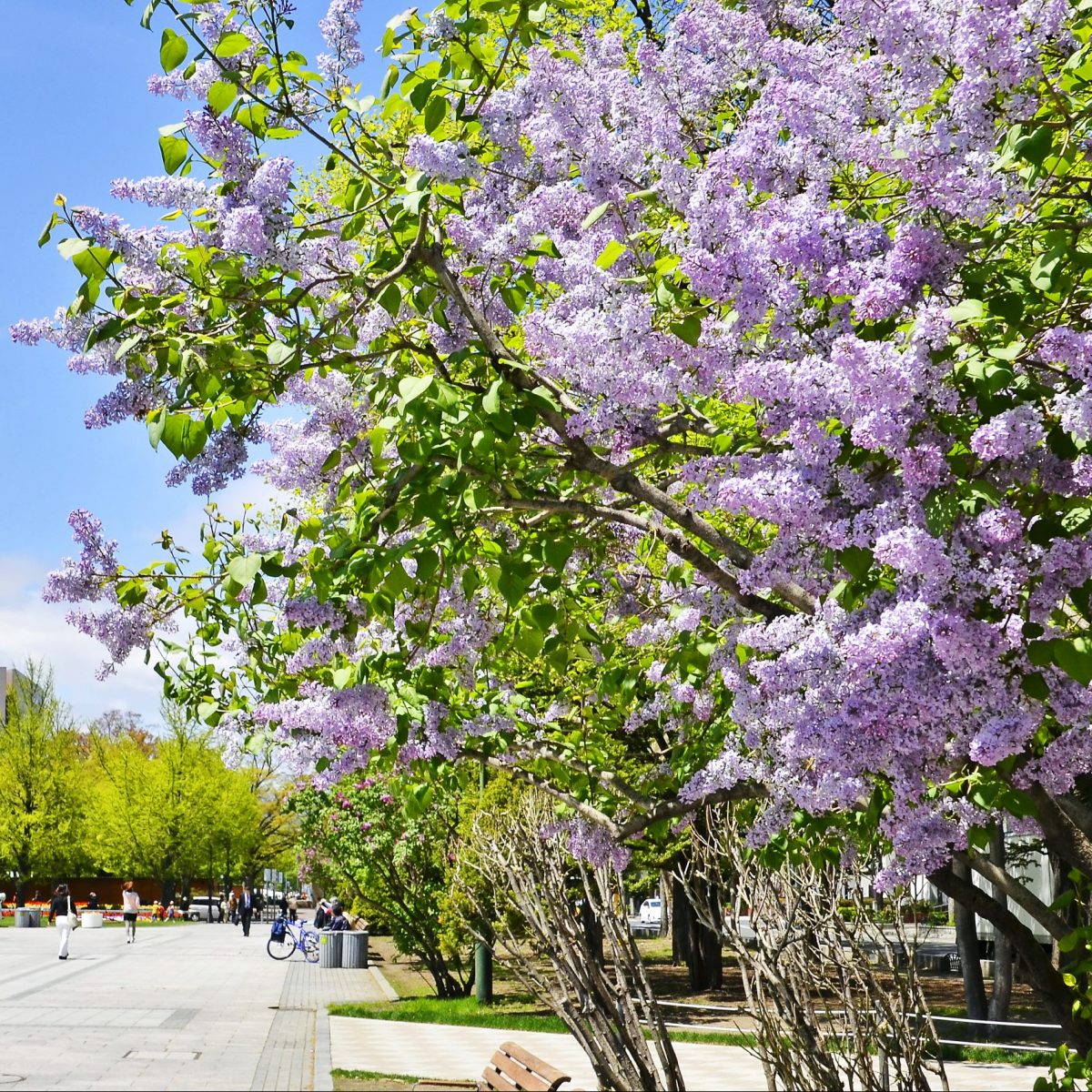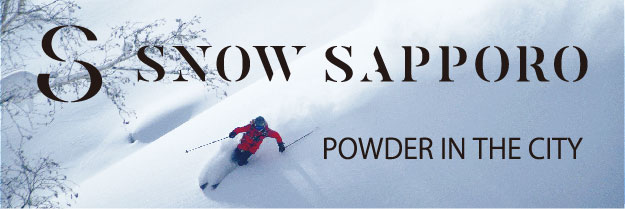Legacy of Isamu Noguchi and Kan Yasuda’s Encounter in Italy Continues in Hokkaido as Parks
Conceived as both a sculpture and a slide to play on, Isamu Noguchi’s “Black Slide Mantra” located in Odori Park embodies the artistic ideal of Noguchi. A predecessor to this sculpture was created by Isamu Noguchi and Kan Yasuda and has become a testimony to the encounter and interaction of the two sculptors.
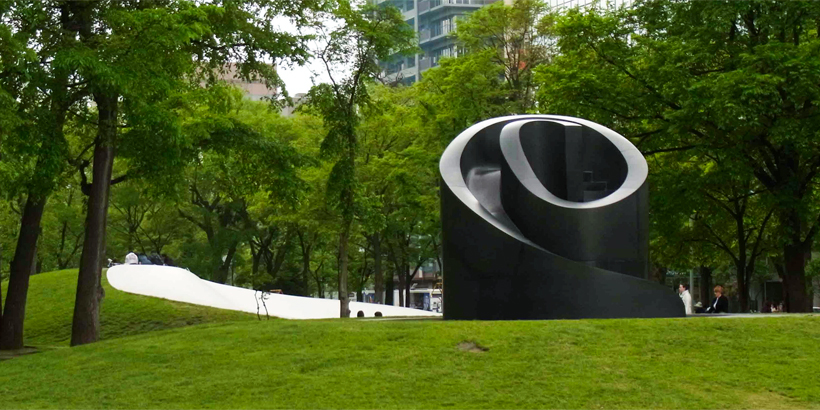
“Slide Mantra,” the predecessor to “Black Slide Mantra” is a work that Noguchi exhibited as the representative of the United States at the 1986 Venice Biennale contemporary art exhibition. Crafted from white marble and produced with the cooperation of Yasuda and Giorgio Angeli, a stone craftsman trusted by both Noguchi and Yasuda, this piece is both a sculpture and a slide that has an imposing but relaxed form. The Pietrasanta region of Italy, where Yasuda has established a studio, is known for its excellent marble (Michelangelo was said to have used it in his pieces) and is a place where many masons live and have workshops. Many of Noguchi’s works were made from the marble here, and in later years he also made some of his pieces in Yasuda’s studio. As if celebrating the intense bond between the two artists, the exchange between Noguchi and Yasuda in Italy has passed through time and come together in far-off Hokkaido in the form of “Arte Piazza Bibai” and “Moerenuma Park,” their masterpieces respectively.
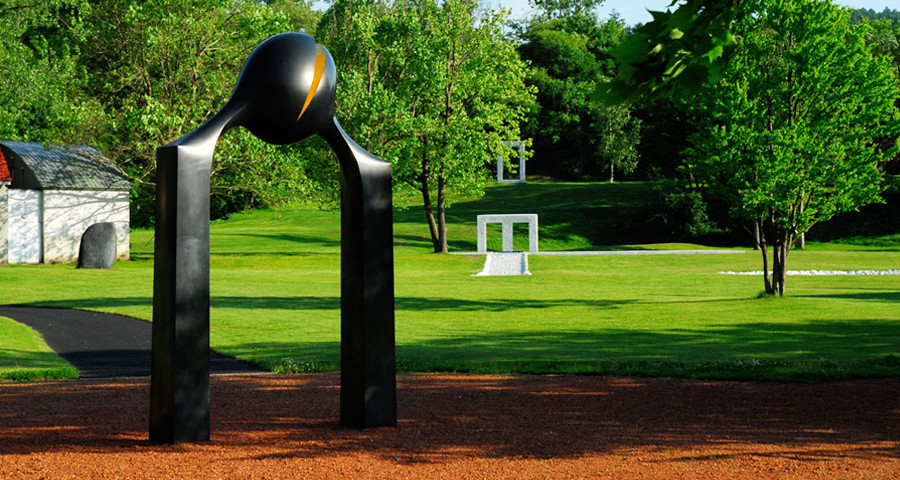
Arte Piazza Bibai is a living space of sculptures in the mountains. Even now Yasuda continues to work on this outdoor sculpture park where nature and sculptures resonate with each other. The graceful and sometimes humorous pieces that Yasuda creates harmonize with the lush surrounding nature to create a space filled with gentleness. On the other hand, Moerenuma Park is known for its tension-filled design, resulting from its dynamic geometric forms spread over a vast tract of earth. Walking through these two contrasting parks, visitors should be able to walk away with a deep impression of each space’s artistic qualities. Please experience for yourself the conversation between these two artists that has extended through time and space in the form of the parks they created.
Kazumi Miyai, Moerenuma Park Curator, August 19, 2009

